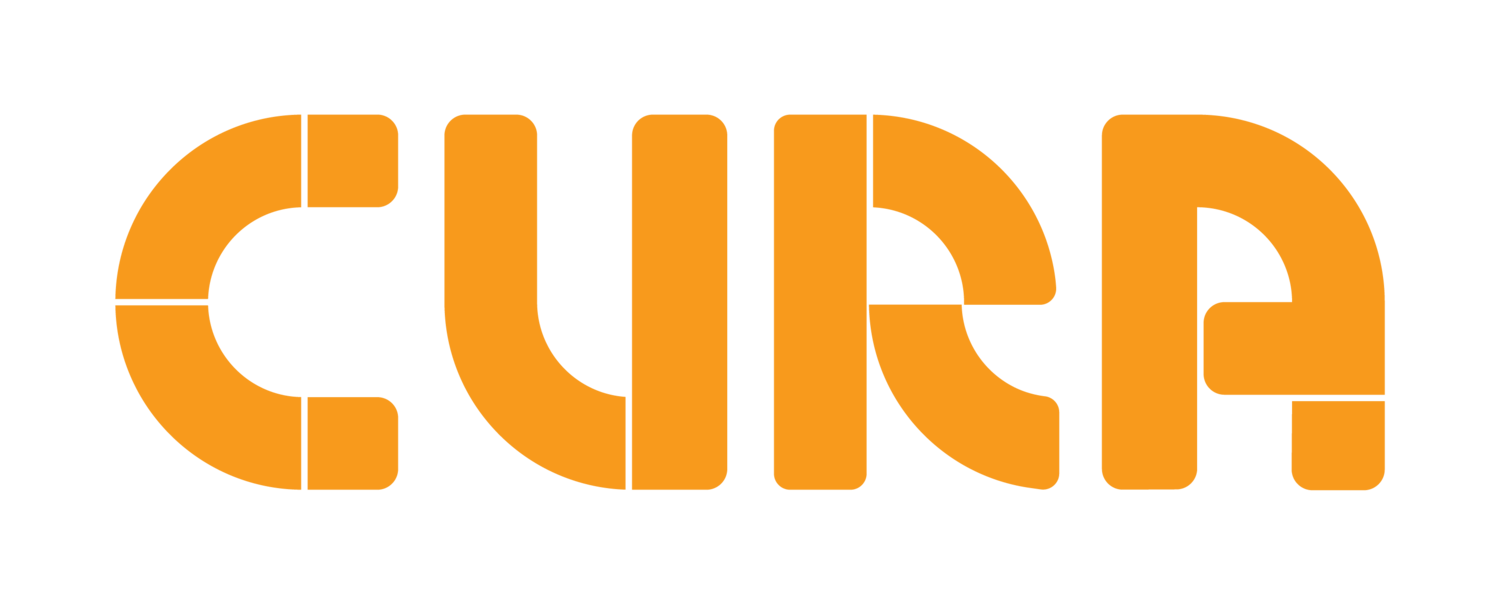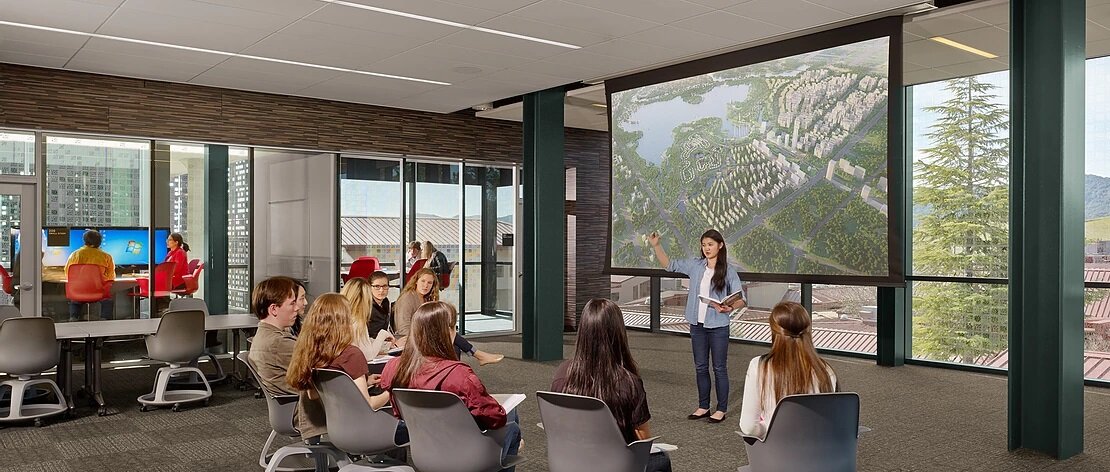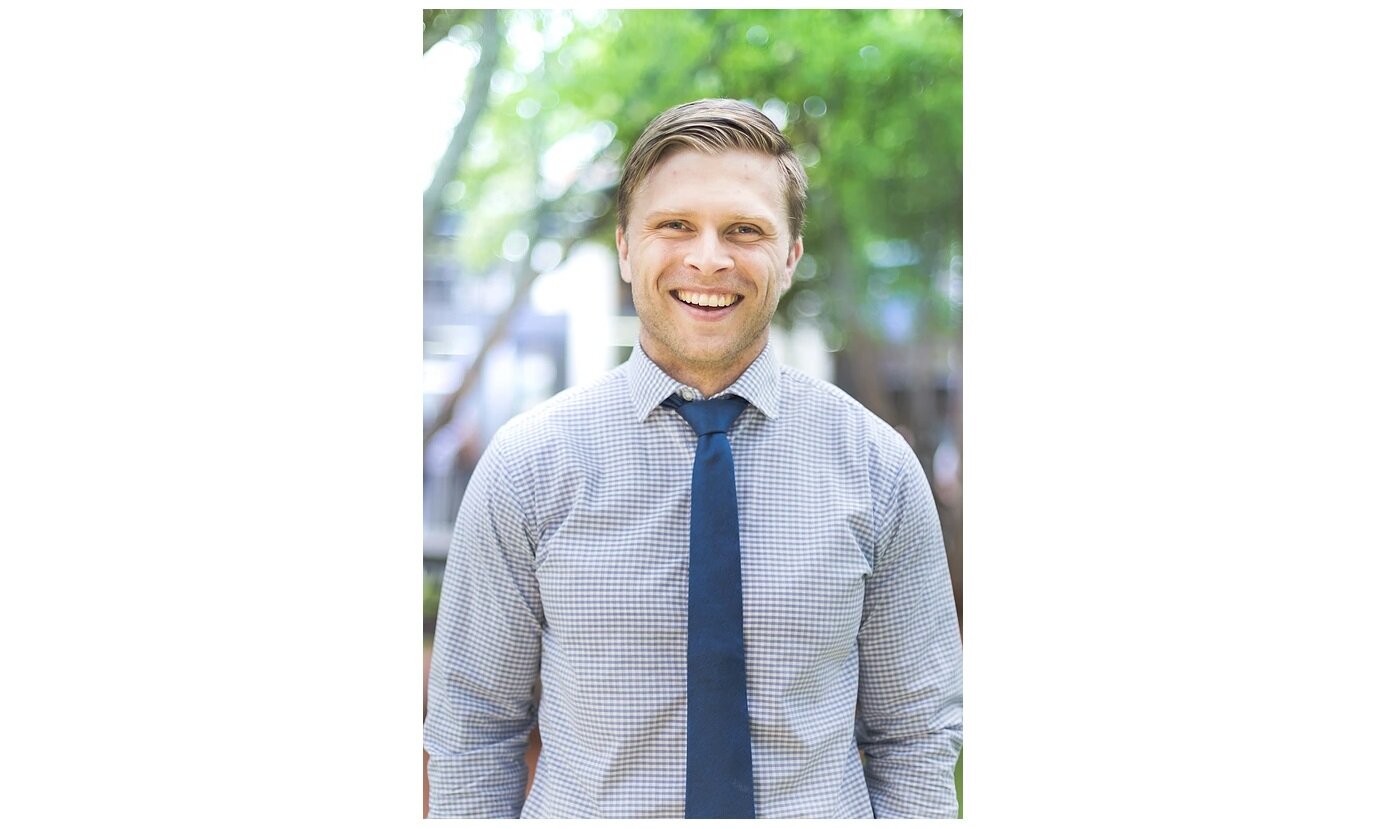Making PBL Work at Australian Christian College
‘How are we preparing our students for a future like this?’ – how a simple question sparked a significant shift in the way Australian Christian College approached teaching & learning, and what it took for them to succeed.
Five years ago, I had one of those rare moments in life when your views are so dramatically altered that your beliefs, the way you approach things, and the way you interact with people, changes permanently. It was in this moment that my understanding of learning and education shifted from an institutionalised view of learning, where meaningful learning only occurs in the classroom and is obtained only to move you along to the next stage of your life, to an ongoing lifestyle of learning where the lines between school-life and home-life are blurred and learning is a vessel to help individuals engage more with the world around them.
I can remember sitting in the staff room surrounded by my colleagues on the first Professional Development day of the new year preparing myself for the usual spiel about how we were going to engage in a more strategic approach to literacy to address the gaps in our students’ writing ability. Instead, we watched a short video that showed what futurists believed the world would look like in 2030 and asked the question: How are we preparing our students for a future like this?
This question then became what undergirded everything we did. It began a whole-school priority to understand what “21st Century Learning” is and how it differed from traditional methods of teaching and learning. In a time when many schools were focusing on the implementation of technology, we focused on the teaching practise that informed how we would use technology to enhance learning.
Learning from PBL best practice
As a staff, we read a number of books by world-renowned educational leaders which spoke about education in the 21st Century and how many schools across the world were using Project-Based Learning (PBL) to address the gaps left by traditional methods of teaching. We looked closely at what Monte Vista Christian School, High Tech High and Hartsholme Academy were doing with Project-Based Learning and why it was having such an impact. This enabled us to increase our understanding of this pedagogical tool whilst also providing us with a model to replicate. Interestingly, we found that not only were the students of these schools more engaged due to the authentic implementation of learning but their depth of knowledge and their scores on standardised tests were greatly improved. In the case of Hartsholme Academy, they went from one of the lowest-performing schools in London to one of the highest.
We decided as a staff to undergo our own ‘Active Research’ on the effectiveness of PBL in improving student engagement and ultimately their learning. We reached out to the leaders of both Monte Vista and Hartsholme and as a result our staff were able to learn from experienced teachers and leaders from both schools, providing us with the structures and scaffolds we needed to implement our own PBL projects.
One of the main hurdles we faced when beginning this journey was recognising that completing a project and undergoing PBL were two very different things. A traditional project was like the dessert of your learning, something that happened after the “real” learning was complete. In PBL, the project is the main course and learning occurs as you go.
It was quite fortuitous that my first experience of implementing PBL was during a time when the topic of study was very present in the media. In 2015, just after a particularly devastating bushfire season, my students began learning about disasters. I was able to source up-to-date news and leverage bushfire survivors and members of the Fire & Rescue NSW to create a more authentic learning experience for my students.
I learned from this experience, and the attempts that followed that in order for a PBL to be successful it requires three main components:
Student drive
Effective structures
School backing
Student Drive
Passion drives performance. I think one of the best books on this topic is Element by Sir Ken Robinson, which highlights how when you are in your ‘element’ or you are passionate about what you are doing, success often follows. My students and I were able to achieve success and maintain engagement through the life of the project because we gained an emotional connection to the topic. We interviewed a woman whose family had lost their home and all of their belongings in a bushfire which ensured that not only were the students engaged, they were deeply passionate about finding a solution.
Effective Structures
PBL isn’t an unstructured free-for-all where students have no guidance and no direction. From my experience, PBL requires significantly more upfront planning than traditional methods of teaching, to ensure the structures are in place and students are supported appropriately in their learning. Backward mapping is possibly the most important step in this process. Before beginning the project, you should know what successful completion looks like and how you will get there. You should be able to pinpoint the major milestones along the way and how you will assess student understanding at each point.
School Backing
Without the backing of the educational leaders, PBL is not impossible but it’s limited. When I was completing my first project, I was encouraged to reach beyond the school and seek a wider audience. It went from a small class project to a project that influenced all public schools in NSW, the Burns Unit at Westmead Children’s Hospital, and had the endorsement of Fire & Rescue NSW. In my experience, without having top-down investment in PBL it is difficult to get the community behind it and help the project to reach its potential.
Now in a leadership position in a school looking to implement PBL, I have focused on helping my staff to gain a deep understanding of 21st Century Learning whilst also ensuring that effective structures are in place to create a good foundation and support for their first experience of PBL. Project-Based Learning has revolutionised the way my students learn and think about learning. They are now more reflective and conscious of the connections between what happens in the classroom and the world at large. I would encourage you to consider implementing it in your own school.
At the time of writing, Lachlan McLean was a Team Leader at Australian Christian College, Marsden Park. He now teaches at Pacific Hills Christian School
For more articles like this, from PBL practitioners for PBL practitioners, sign-up to the eduSTEM Review at https://www.edustem.com.au/edustemreview





